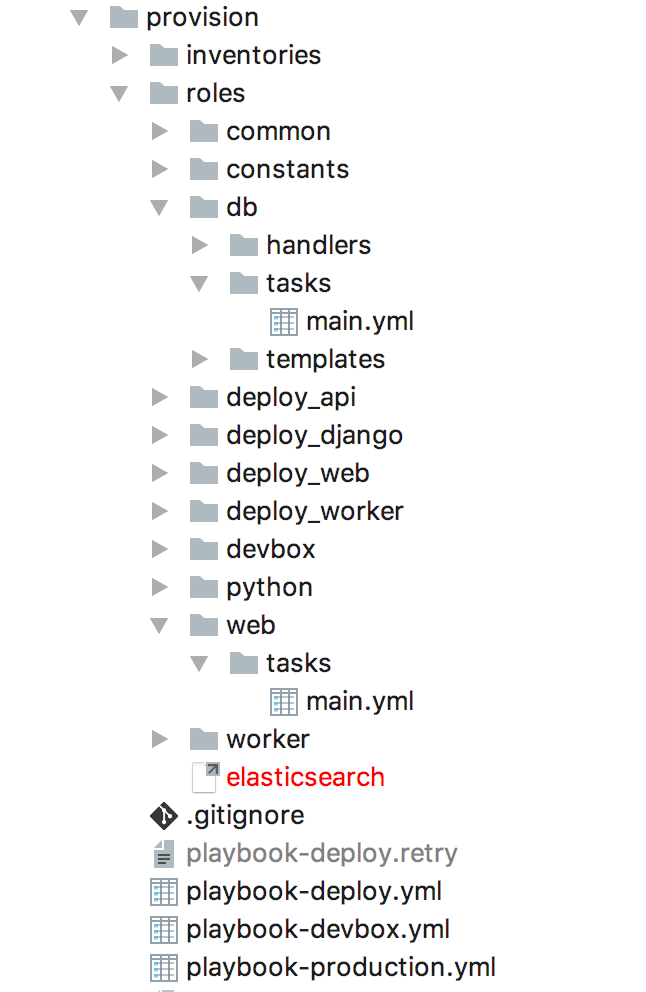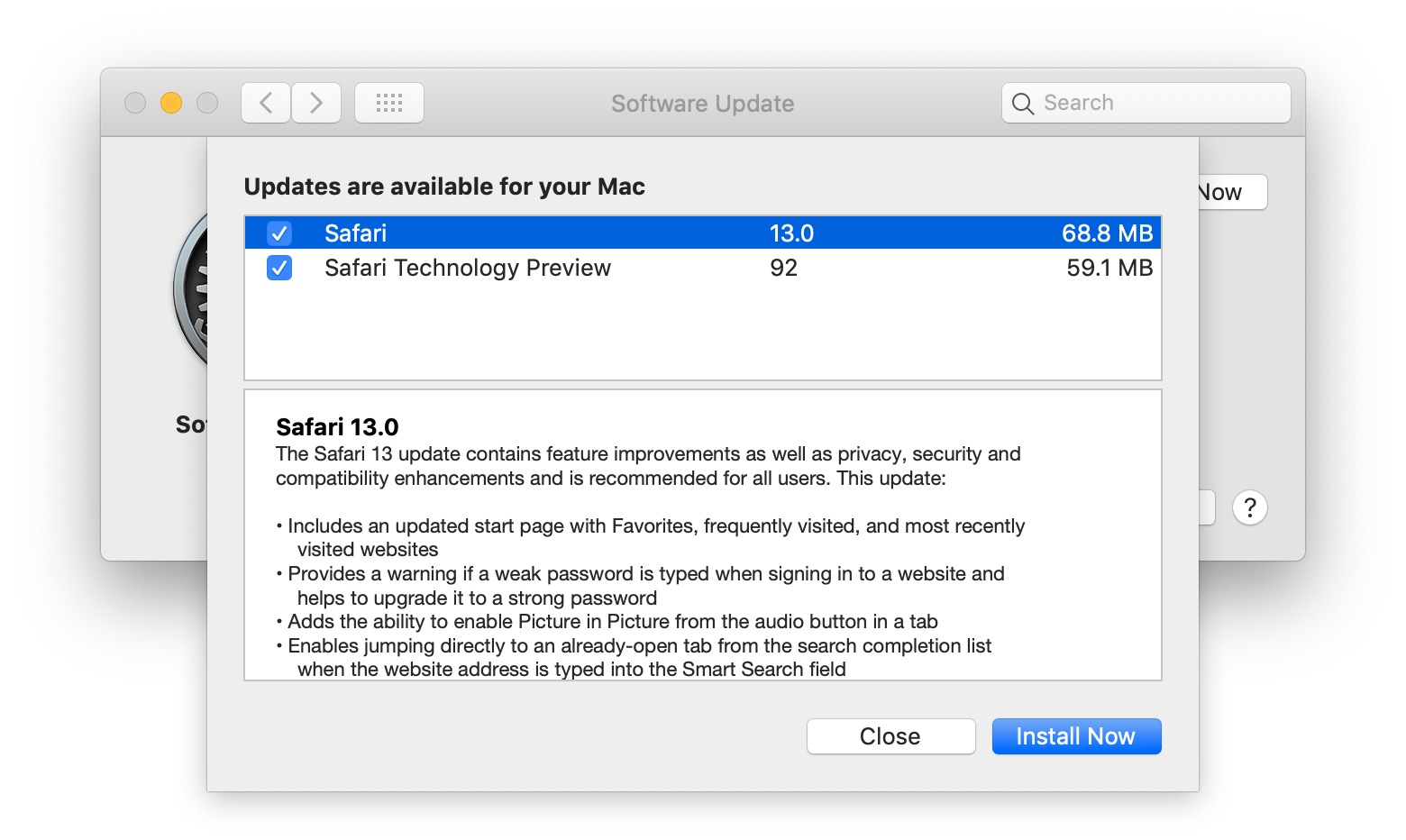To work with a Ruby project in RubyMine, you need to configure the required Ruby interpreter. You can set the interpreter for the currently opened project or when creating a new project.

Configuring the Ruby interpreter depends on the way you installed it:
MacOS users have many options for installing Emacs, but not all of them are well suited to Doom. Update & Rollback. Doom is an active project and many. When it’s time to install a new version of macOS or download a new update, nearly everyone turns to the Mac App Store to start the process. While the App Store makes OS installations easy. The script has been updated from HS patch 19.6.74257 and now includes the 'THEBARRENS' extension.I will have to update the script to manage the new core set, but as the cards will not be available from packs, that should not impact the pack tracking for the new Hearthstone Year of the Gryphon, and the new extension Forged in the Barrens. Note that RubyMine supports auto-switching an interpreter/gemset if your project has the.ruby-version /.ruby-gemset or.versions.conf files. Add a remote interpreter. Various remote development tools, such as Docker, Vagrant, or Windows Subsystem for Linux (WSL), allow you to use an isolated environment for developing your applications.
If you installed Ruby using a package manager (apt for Ubuntu, Homebrew for macOS, and so on) or Ruby installer (for example, RubyInstaller for Windows), you need to add it manually.
If you installed Ruby using a version manager, RubyMine should detect interpreters automatically. In this case, you can select the desired version.
If you are using Ruby installed in an isolated environment (Docker, Vagrant, WSL, and so on), RubyMine allows you to configure it as a remote interpreter.
To learn about supported Ruby versions, see Supported Ruby/Rails versions.
Add a local interpreter
To add a local interpreter manually, perform the following steps:
Open the Settings/Preferences dialog Ctrl+Alt+S.
In the Ruby SDK and Gems page, click the button and select New local:
Provide a path to the Ruby executable, for example:
/usr/local/bin/ruby for Ruby installed on macOS using Homebrew.
/usr/bin/ruby for Ruby installed on Linux using apt.
C:Ruby26-x64binruby.exe for Ruby installed on Windows using RubyInstaller.
RubyMine will display the added interpreter along with automatically detected interpreters.
To remove the interpreter from the list, select it, and click the button.
RubyMine allows you to use your custom environment for running any Ruby command from within RubyMine. To do this, you need to provide environment variable values or a path to a configuration script when adding a local interpreter.
Open the Settings/Preferences dialog Ctrl+Alt+S.
In the Ruby SDK and Gems page, click the button and select New local with custom configurator:
In the invoked dialog, provide a path to the Ruby executable as described in Add an interpreter. Then, configure the Custom configurator in one of the following ways:
Specify the environment variable values directly.
Example:
env API_KEY=123Mac os 10.12.16 update. If you use a shell script to load environment variables, you need to provide an absolute path to this script.
Example:
/bin/bash /Users/jetbrains/sample_app/env.shNote that the *.sh file should have
'$@'at the end to allow RubyMine to pass some commands required for adding an interpreter.If you use direnv to load and unload environment variables, pass a path to the directory with the .envrc file to the
direnv execcommand.Example:
direnv exec /Users/jetbrains/sample_appIf you use Shadowenv to customize your project environment, pass a path to the project directory to the
shadow execcommand.Example:
shadowenv exec --dir /Users/jetbrains/sample_app --
Click OK to add an interpreter.
Select the added interpreter and click OK in the Settings/Preferences dialog.
Select an auto-detected interpreter

Select an interpreter on the Ruby SDK and Gems page
To select the auto-detected Ruby interpreter maintained by the version manager, follow the steps below:
Invoke the Settings/Preferences dialog Ctrl+Alt+S and go to the Ruby SDK and Gems page.
Choose the required Ruby interpreter. You can also choose the gemset for the RVM and rbenv version managers.
For the selected Ruby interpreter/gemset, you can see the installed gems on the right. Learn more about Ruby gems support at Bundler.
If you have issues with detecting local Ruby interpreters maintained by your version manager, follow the steps from How to: Debug detecting of Ruby interpreters.
If you use RVM or rbenv to manage local Ruby SDKs, you can quickly set the required interpreter using Run Anything:
Press Ctrl twice.
In the invoked popup, start typing
rvm useorrbenv shell, select the required interpreter and press Enter.(Optional) If necessary, click the Rollback button in the popup that informs about the changed SDK.
Note that RubyMine supports auto-switching an interpreter/gemset if your project has the .ruby-version/ .ruby-gemset or .versions.conf files.
Add a remote interpreter
Various remote development tools, such as Docker, Vagrant, or Windows Subsystem for Linux (WSL), allow you to use an isolated environment for developing your applications. This can be useful in multiple cases, for example, if you want to:
Develop in an isolated environment to avoid impacting your local machine configuration.
Run, debug, and test your application on the same operating system you deploy.
Develop Linux-deployed applications using the Windows Subsystem for Linux.
You can prepare the desired Ruby/Rails setup in a remote environment using Docker Compose, Vagrant box, or WSL. Then, you can add the remote Ruby interpreter in RubyMine and run, debug, and test your application in an isolated environment right from the IDE.
Can You Roll Back A Macos Update
To configure a remote Ruby interpreter, follow these steps:
On the toolbar, click , and choose New remote..:
In the Configure Remote Ruby Interpreter dialog, select the desired option (SSH, Docker Compose, and so on) and specify the required settings.
WSL (for Windows only)
Note that when you are using a remote interpreter, RubyMine downloads gems from a remote machine to a local cache to be able to use code insight features. In this case, you may encounter a situation when new gems were installed on a remote machine outside the IDE. To update a set of gems stored in a local cache, click the Synchronize gems button in the Ruby SDK and Gems page.
(Optional) Specify mappings between files of a local and remote project. To do this, click the button. In the Edit Project Path Mappings dialog, specify the local and remote project root paths.
Note that RubyMine detects Vagrant synced folders, WSL mappings, and so on. These mappings are listed in this dialog and cannot be changed. Mac os firmware update.

How To Rollback A Mac Update
By default, RubyMine installed on Linux or macOS downloads remote gems using the rsync utility. This speeds up the downloading process. You can change the default behavior and disable the use of rsync by utilizing the RubyMine registry. To invoke the Registry dialog, press Ctrl+Shift+A, type Registry…, select it and press Enter. Then, use the following options to enable or disable rsync:
Rollback Macos Upgrade

Rollback Mac Security Update
Linux and macOS:
ide.remote.interpreters.use.rsyncWindows:
ide.remote.interpreters.rsync.enabled.on.windows

